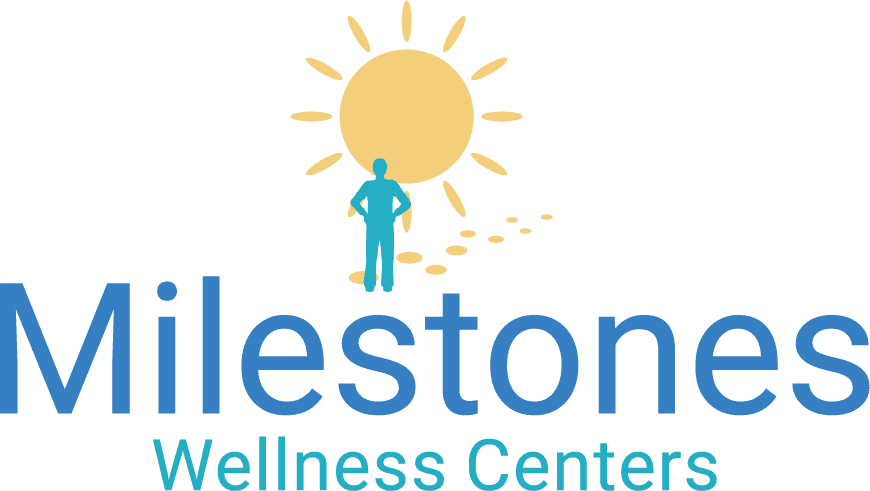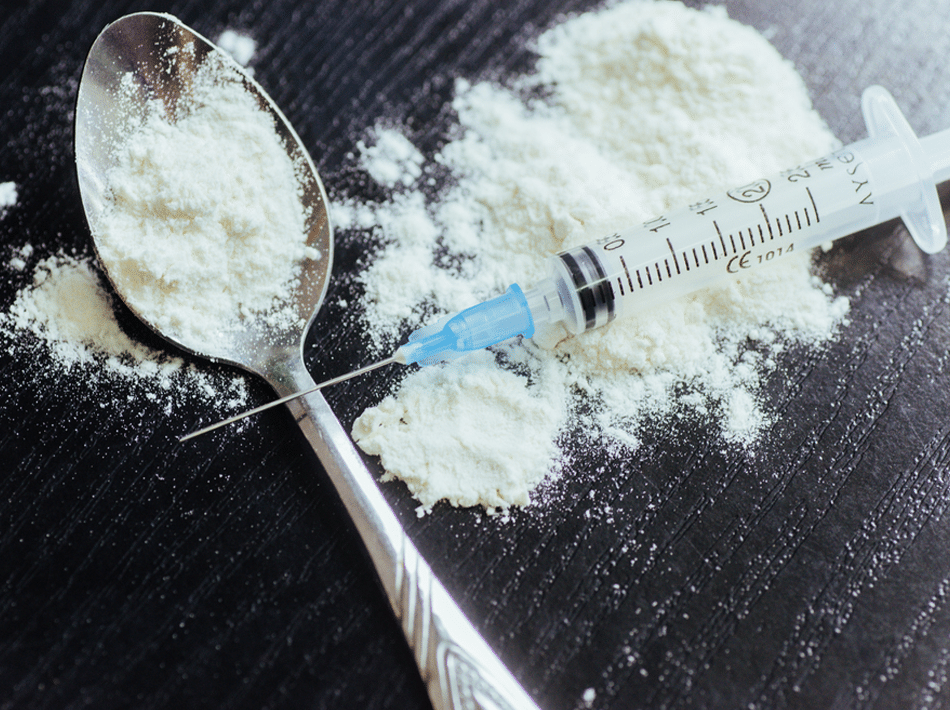The Nature of Opioid Addiction
Before understanding the healing journey, it is important to know how a person gets to the point of needing opioid treatment. Opioids have effects on both the body and the brain. And as this blog will discuss opioids and that will be the main word used, this also relates to opiates as well. The difference between opioids and opiates is that opiates only refer to the naturally occurring substances such as that of heroin and morphine, whereas opioids are semisynthetic or fully synthetic. As there are some differences between opioids and opiates, even at the molecular level, their effects on the brain and body when it comes to addiction and treatment are extremely similar.
Opioids and opiates affect the brain, spinal cord, and other parts of the body by binding to the opioid receptors. When this happens, the person will experience one or many of the following things. They will experience a decrease in pain, a sense of euphoria or accentuated well-being, and a boost in the neurotransmitter dopamine. It is the increase of dopamine which plays the largest part in the addictive properties of opioids and opiates. So, what is dopamine? Dopamine is one of the main neurotransmitters in our brain. The way in which we feel pleasure is largely controlled by dopamine, which is why any substance(s) affecting dopamine production, especially increasing it can lead to addiction, such as that with opiates and opioids. As we discuss the role in addiction it is important to remember everything that dopamine plays a role in regulating in your brain and body as these are factors of addiction. Dopamine also plays a role in the following:
- Movement
- Pain Processing
- Pleasure
- Control of nausea and vomiting
- Sleep
- Mood
- Kidney function
- Heart rate
- Motivation
- Blood vessel function
- Lactation
- Learning
- Attention
Opioids and opiates, as you can see from the list above, play a major role in many areas of both the brain and body. Many areas of how we feel, and mental capacity are controlled by dopamine. As opioids give a rush of dopamine this causes the thrill of pleasure or the relief of pain removal. However, this sensation is only for a limited time, requiring more of the drug to get the same feeling, which is where addiction starts to come in. As the person will desire more of the feelings produced by opioids over time the body will become physically dependent on them. With every repeated usage of opioids, it raises the body’s threshold for this kind of pleasure, therefore requiring more of the drug to reach the same effect. Eventually your body will stop producing endorphins or produce them at greatly diminished amounts because of the repeated consumption of opioids and/or opiates. As previously mentioned about how opioids affect dopamine, they greatly affect the production of endorphins if used continuously.
Endorphins are also a neurotransmitter in the hypothalamus part of the brain and occur as a naturally produced hormone. Both endorphins and dopamine play a role in making you happy or having an elevated mood. When endorphins are released naturally in the body and they attach to the opioid receptors in the brain and they cause the release of dopamine. Therefore, as a person continues to use opioids and opiates, the natural production of endorphins decreases causing a decrease in natural dopamine production. Endorphins have the role of relieving pain, enhancing your sense of well-being, lowering stress, and overall improving your mood. When these are not present you can expect all the previously listed positive aspects of endorphins to not exist, causing many problems for that individual. These are some of the symptoms of withdrawal, which last well beyond those of the physical symptoms such as nausea, fever, and the other discomforts in the initial withdrawal.
As you may have noticed thus far in this blog, there are many areas which can contribute to opioid and opiate addiction. To summarize, opioids and opiates cause an increase in dopamine production which can cause increased feelings of euphoria or happiness as well as relieve pain. Over time you will need to increase the consumption of opioids to receive the same effects which leads the body to stop producing endorphins naturally. As endorphins are not produced you must consume opioids to get the euphoric feelings and pain relief back. The affected areas are mood stabilization, emotion regulation, feelings of happiness, and pain relief which can be as simple as pain relief from everyday tasks which would not cause any pain to a person normally producing endorphins. After a period of normal consumption of opioids, the body becomes addicted and a lack of opioid consumption can lead to many physical symptoms of withdrawal such as nausea, vomiting, sweating, muscle aches, anxiety, agitation, depression, insomnia, diarrhea, abdominal cramping, among others. With these uncomfortable symptoms this will lead many individuals to continue opioid usage to stop all the negative withdrawal side effects.
A factor that contributed to many currently suffering from Opioid Use Disorder was the Opioid Crisis. Many individuals did not start using opioids or opiates recreationally and were not aware of all of the potential for addiction with the medications they were being prescribed. Starting in the 1990s was the beginning of the Opioid Crisis or Opioid Epidemic as the names are used interchangeably. To start the Opioid Crisis or Epidemic was related to a greatly increased amount of prescription opioids being prescribed to patients. In the mid-1990s the new powerful opioid OxyContin was released and was heavily pushed by Purdue Pharma to medical providers. Many medical providers were not aware that they were doing any harm to their patients by prescribing such a medication, as per the literature provided to them and the Food and Drug Administration (FDA) approval, would have them to believe this new medication was greatly safer. As time progressed Purdue Pharma started providing great incentives to medical providers for writing OxyContin, which assisted in more individuals receiving the medication and those already on the medication to have increased doses.
Purdue Pharma plead guilty of misrepresenting the risk of addiction to OxyContin. Purdue Pharma also pushed new areas for pain management and the use of their opioid and using the decreased risk of addiction as a reason to treat more non-malignant pain and non-cancer-related pain. However, the trial was not until 2007, which the growth of Purdue Pharma between 1996 and 2001 was exponential and the damage was already done to many individuals which were only following the orders by their medical provider. This leads to the second wave of the Opioid Crisis or Opioid Epidemic in which an increase in heroin usage and more specifically fatal overdoses on heroin is seen around 2010. This is viewed to have started due to the lack of opioid prescriptions being written, however many individuals already being addicted to opioids and therefore moving to the cheaper alternatives or the only available alternative, which is the opiate of heroin.
The third wave of the Opioid Crisis started in 2013 when the mixing of stronger synthetic opioid of Fentanyl started. Since then, it is very common to see that heroin is no longer the pure opiate heroin but a mixture with other opioids. In the past year a potential fourth wave could have started as now other substances are being mixed with opioids and opiates. The main one being Xylazine which is a veterinary sedative or tranquilizer. The concern with this recent change is that as Xylazine, also known as “tranq”, may be a cheap method to increase the opioid/opiate intoxication or “high”, it is not Narcan receptive. This is because Narcan and Naloxone only work on opioids and opiates. When an individual overdoses on Xylazine it is important that you continue to give them rescue breaths until first responders arrive, as the drug can cause a person to stop breathing and potentially for their heart to stop.
COVID also could potentially be labeled as a fourth wave of the Opioid Crisis or Epidemic. During COVID there were many hardships that happened to individuals across many aspects of their lives. During times like this often substance abuse will increase, which was seen during this time. However, until all of the data is released it is hard to know how much an impact COVID had directly on opioid and opiate usages and if this truly expanded to this crisis or if the crisis still continued at the previously seen rate.





